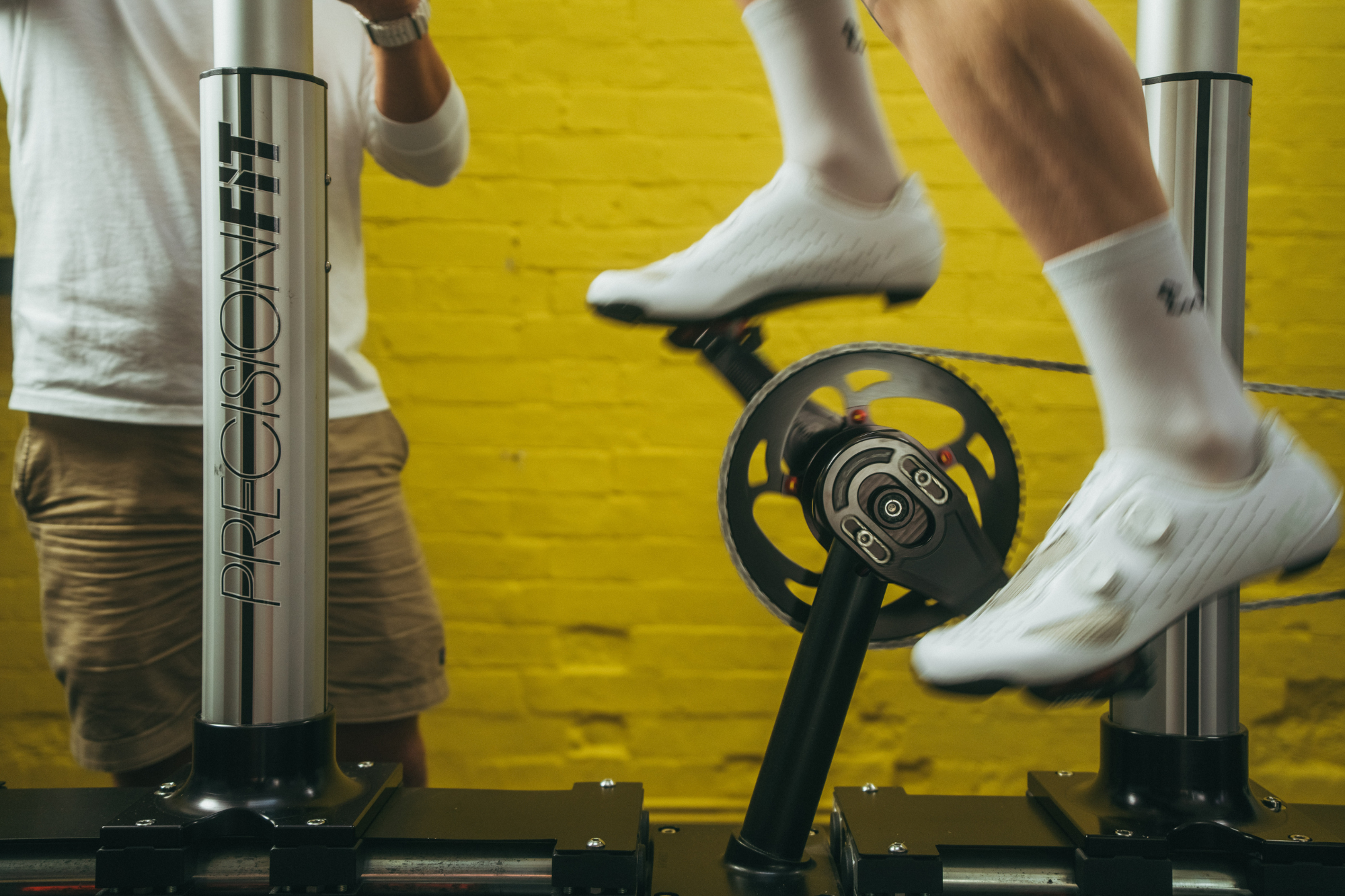Should you use a shorter crank? Crank length explained for cyclists.

Over recent years, we’ve seen an increasing number of riders - from recreational cyclists to professional racers - asking the same question: “Should I switch to a shorter crank?”
As with many things in cycling, this question has no absolute answer. There is no ideal crank length. Trends come and go, new studies emerge and over time our understanding of biomechanics deepens. Crank length is one such area where popular opinion often runs ahead of nuanced discussion.
Let’s be clear: shorter cranks can absolutely offer benefits - for some riders. But as with any fit-related adjustment, the key is context.
The problem with absolutes
Before we can even explore the question of "should I go shorter?" we have to ask:
- Shorter than what?
- Shorter than your current crank?
- Shorter than industry-standard for your frame size?
- Shorter than traditional formulas suggest based on inseam?
- Or shorter than what your riding buddy recommended?
Crank length is relative - and so are the potential benefits or drawbacks. A crank length that’s too long for one rider may be biomechanically sound for another. The answer lies not in trends, but in proportion.
Why proportion matters
To understand this better, let’s look at a simple calculation based on an historical method of crank length estimation:
Crank length = inseam x 2.006
Using this, an average male rider with an 86 cm inseam would be recommended a 172.5mm crank - which is conveniently what’s commonly supplied on a size 56 cm road bike.
But let’s now apply this to riders outside the average:
A rider with a 74 cm inseam (common among smaller-framed cyclists) would require a crank length of ~146 mm by this formula. Most small stock bikes come with between 165–170mm cranks - already significantly longer than calculated “ideal” for that size of rider. On the other end, a 95 cm inseam would require a ~190mm, but most XL bikes top out at 175 mm - well short of the calculated biomechanical proportion.
This mismatch shows how traditional crank sizing fails to scale proportionally across rider heights. Smaller riders often end up pedalling circles far too large for their range of motion, while taller riders are already using proportionally short cranks - often unknowingly.
So, should you go shorter?
Here’s a better question: Is your current crank length negatively affecting your pedalling biomechanics?
If so, a shorter crank may help resolve:
- Excessive knee bend at the top of the pedal stroke
- Hip impingement or discomfort in an aggressive position
- Lack of fluidity through the pedal stroke
- Inefficient cadence or a large “dead spot”
But if your current setup is already functionally sound - with no biomechanical limitations or compensations - a change might not yield a clear benefit. And that’s an important distinction.
A case-by-case consideration
For fitters, the decision to recommend a shorter crank must be based on a rider’s specific biomechanics, goals and limitations - not industry trends.
At FORM, we believe the most important question isn’t “Is shorter better?” - it’s “What crank length supports this rider’s biomechanics best?”
That’s why we design products that allow riders and fitters to fine-tune setup with precision - from cleat position to stack height - giving you the tools to correct imbalances and optimise performance.
In summary
There’s no one-size-fits-all rule when it comes to crank length. A shorter crank can be beneficial - but only if your current crank is limiting your ability to ride efficiently and comfortably.
If you're unsure, work with a professional bikefitter to assess your position and crank length in context. Not because it’s trending, but because it’s right for you.

